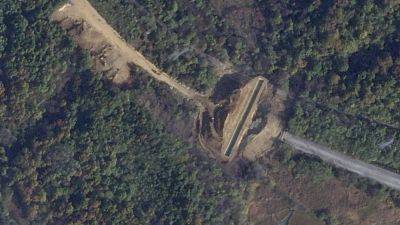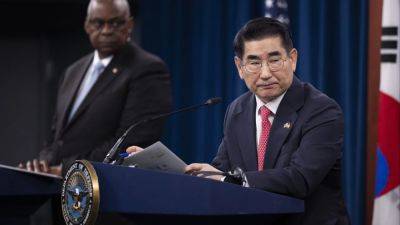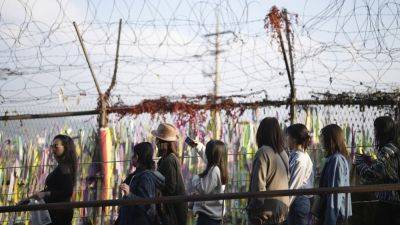North Korea coup speculation is back
When you’re sending 12,000 troops to battle under the command of a side not exactly known for its kind treatment of conscripts, you’ve got to be thinking twice about the the soldiers you’re threatening to send and the soldiers coming back. If those troops end up as cannon fodder as a result of Kim Jong Un’s policy choice, the coup d’etat speculation is back on!
There’s a history. In 1996, the Korean People’s Army Sixth Corps, headquartered in Chongjin, planned a coup d’etat. With the failure of state services and the continuing restrictions on trading, North Hamkyung Province was hungry and dissatisfied – including the leadership and officers in each link of the self-monitoring triumvirate of political committees, military command and National Security Agency. We know the coup attempt failed, but we also know it was a very real threat.
Edward N. Luttwak’s Coup d’État: A Practical Handbook is the best known book on how to undertake a coup. Luttwak’s book explores the mechanics of seizing state power through small, organized efforts, bypassing mass uprisings or large-scale warfare. It details how modern states’ bureaucratic and military structures can be exploited for swift takeovers.
His work has influenced both coup plotters and governments worldwide, prompting them to refine strategies for seizing power or preventing it, respectively. The book’s impact spans decades, providing insight into real-world coups and shaping political-security frameworks to counteract internal threats to regimes.
The nature of the North Korean state presents unique challenges, requiring a strategy that considers both internal vulnerabilities and external pressures. Drawing on the insights from Luttwak’s text, to destabilize and ultimately







